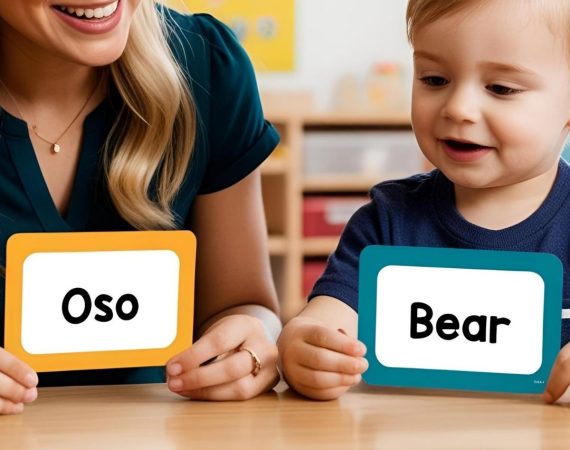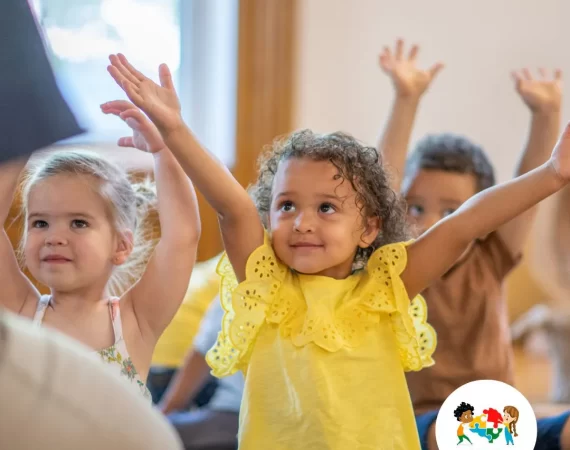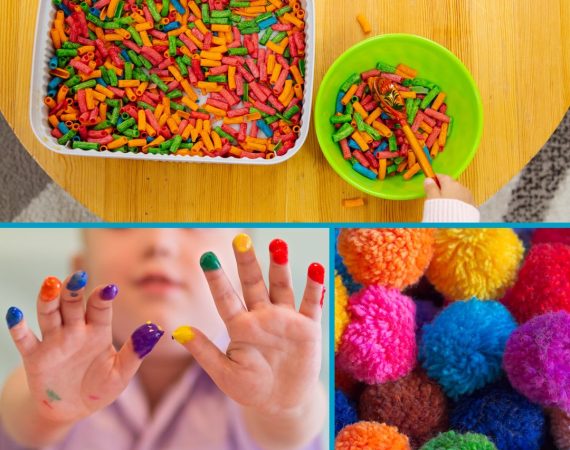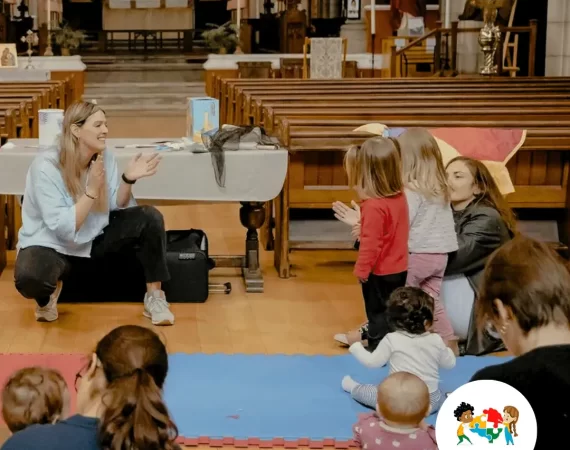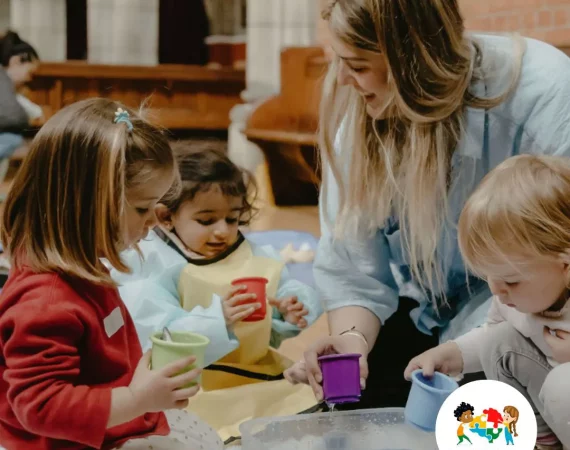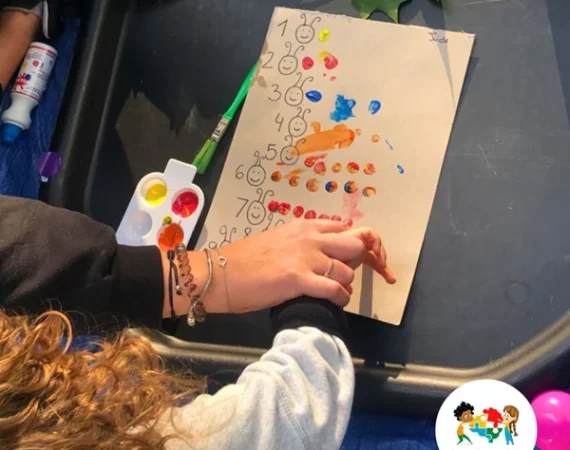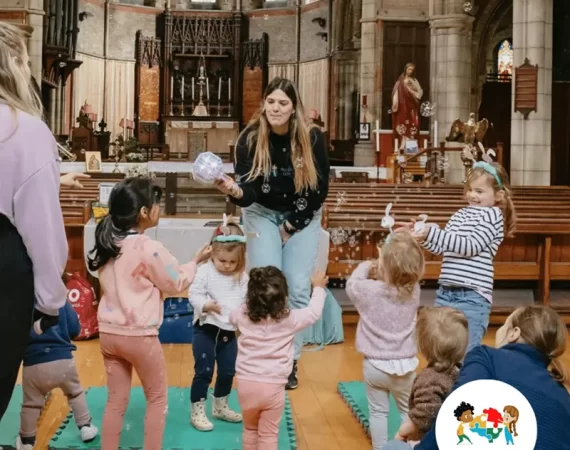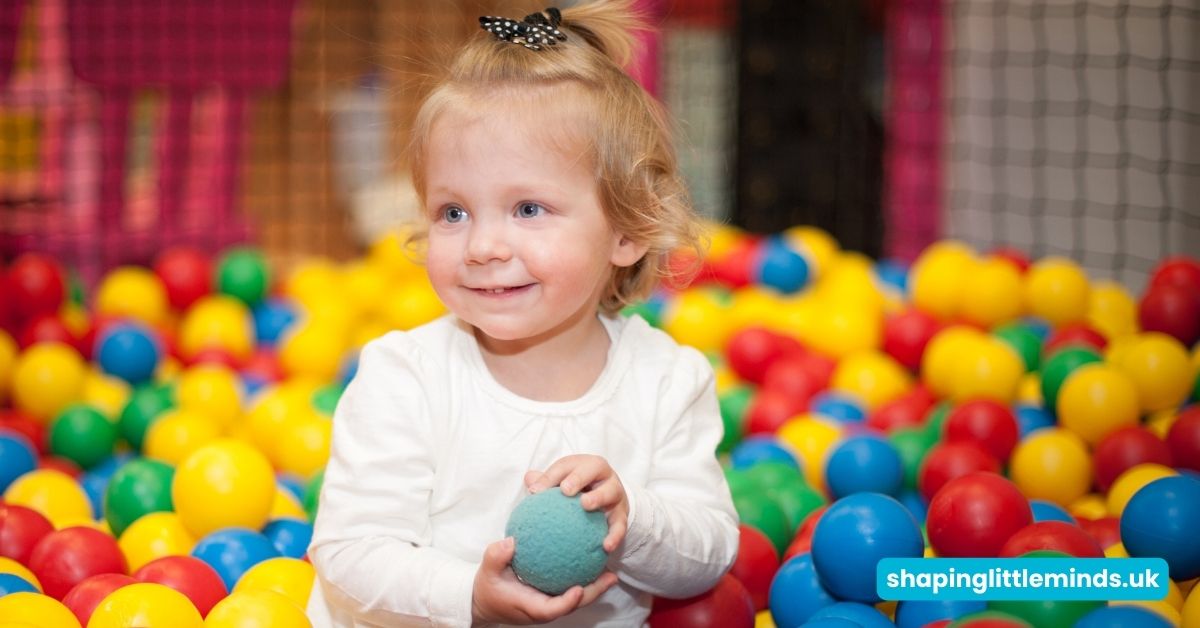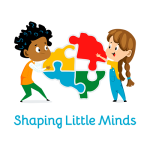Play-based learning is a teaching method that uses play as a tool to help children learn. It is an effective way to teach children new skills, concepts, and ideas while engaging them in fun and meaningful activities.
What is Play?
Play is often described as an activity that is done for enjoyment, recreation, or pleasure. It is an activity that is not forced, but rather voluntary. Play can take many forms, including physical play, imaginative play, social play, and creative play. For children, play is not just a form of entertainment, but a way of learning and developing new skills.
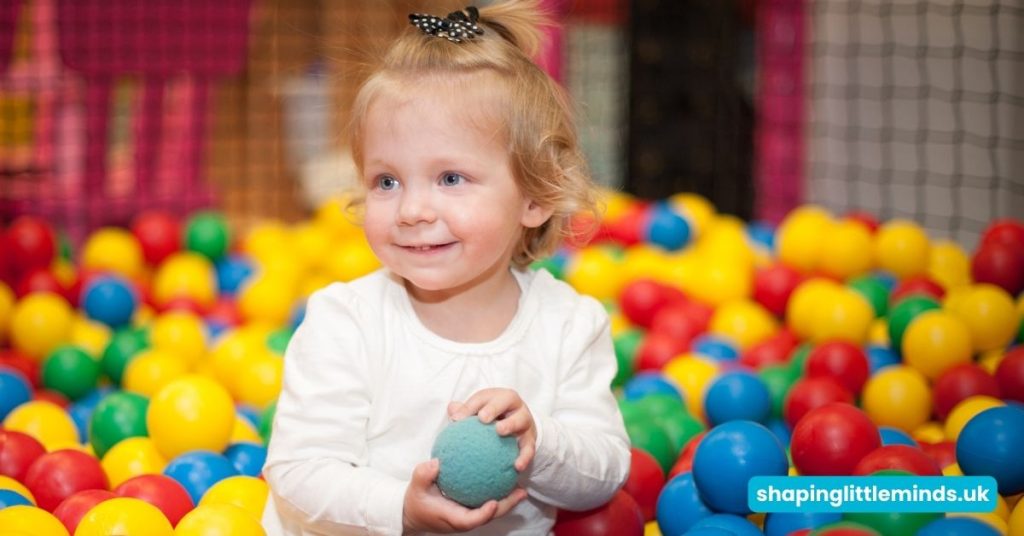
Importance of Play-Based Learning
Play-based learning has become increasingly important in early childhood education. This is because it has been shown to have a number of benefits for children’s development, including cognitive, social, emotional, and physical development. By engaging in play-based learning, children are able to explore, experiment, and learn in a safe and nurturing environment.
Benefits of Play-Based Learning
There are many benefits to play-based learning, including:
Develops creativity and imagination
Through play-based learning, children are encouraged to use their imaginations and be creative. They can explore new ideas, try out new roles, and develop their own unique perspectives.
Enhances cognitive development
Play-based learning can help children develop important cognitive skills, such as problem-solving, critical thinking, and decision-making.
Promotes social development
Through play-based learning, children learn to interact with others and develop important social skills, such as communication, cooperation, and empathy.
Builds physical development
Play-based learning can also help children develop their physical skills, such as gross motor skills and fine motor skills.
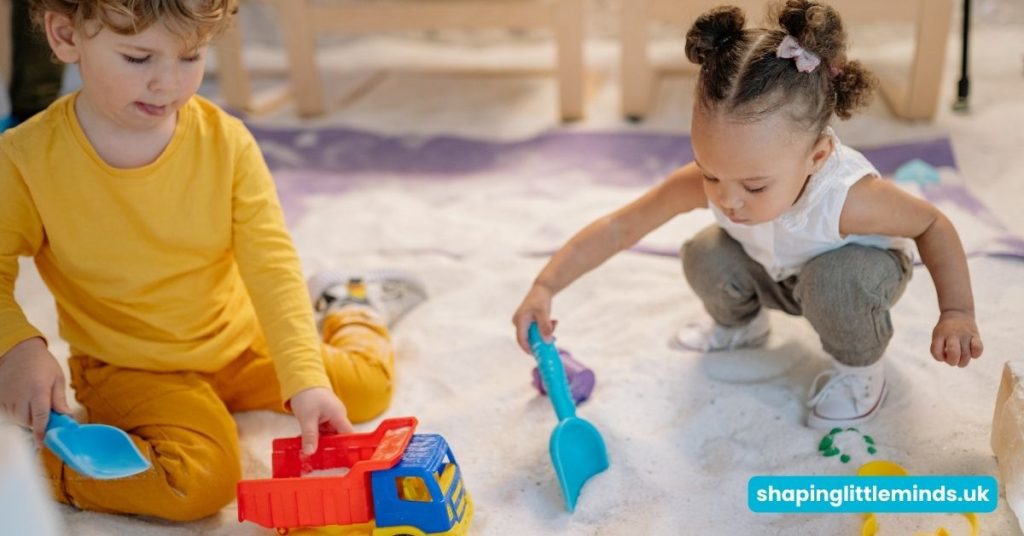
Tips for Play-Based Learning
If you’re interested in incorporating play-based learning into your child’s education, here are some tips to help you get started:
Create a safe and nurturing environment
It’s important to create an environment that is safe and nurturing for children to explore and learn in. Make sure there are plenty of toys and materials available for children to use and that the space is free of hazards.
Allow for open-ended play
Open-ended play allows children to use their imaginations and be creative. Provide materials that can be used in a variety of ways, such as blocks, playdough, and art supplies.
Encourage exploration
Encourage children to explore their environment and try out new things. Provide opportunities for them to experiment and discover on their own.
Follow the child’s lead
Let the child take the lead in play-based learning. Follow their interests and provide support and guidance as needed.
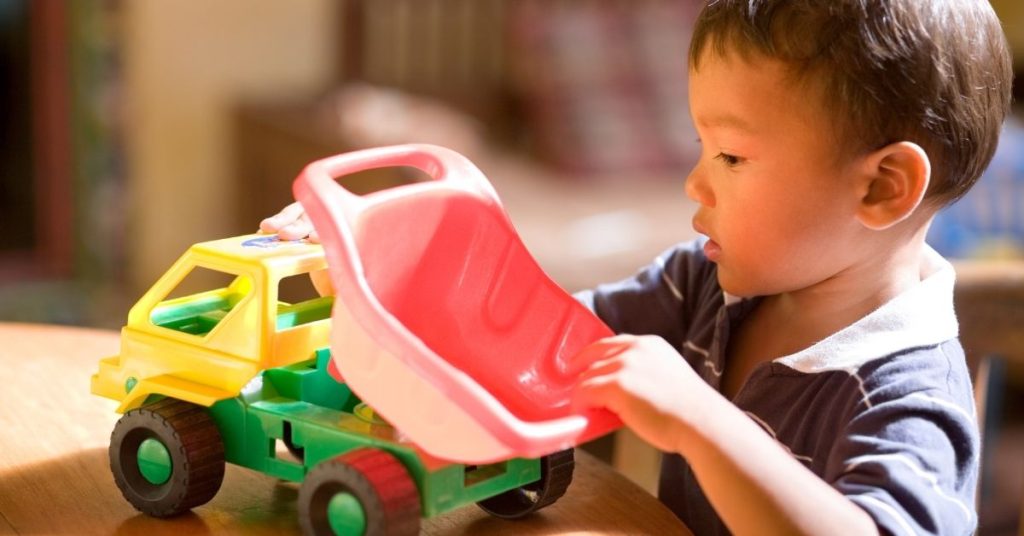
Play-Based Learning at Our Sessions
At our sessions, we believe that play-based learning is the most effective way for children to learn. That’s why we use play-based learning in all of our activities and programs. By engaging in fun and meaningful play, children are able to learn and develop new skills while having fun at the same time.
In conclusion, play-based learning is an effective teaching method that has many benefits for children’s development. By providing a safe and nurturing environment for children to explore and learn in, encouraging exploration and creativity, and following the child’s lead, play-based learning can help children develop important skills and knowledge that will benefit them throughout their lives.


